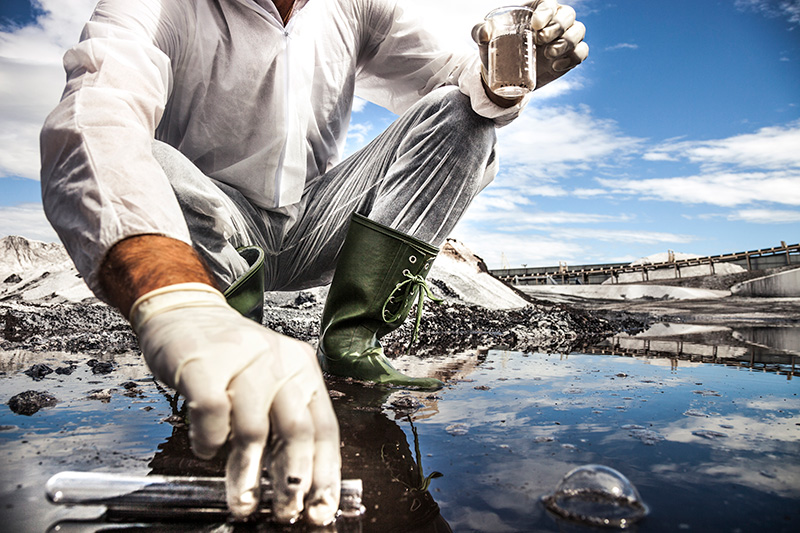Environmental research
 Over the years, concerns over potential environmental risks posed by the manufacture and use of nanomaterials have increased. How does EU-funded research contribute to addressing these concerns?
Over the years, concerns over potential environmental risks posed by the manufacture and use of nanomaterials have increased. How does EU-funded research contribute to addressing these concerns?
The unique properties of nanomaterials present challenges to scientists working to assess their environmental risks. Analysing the environmental hazards of nanomaterials is a complex exercise that covers many different areas of scientific expertise.
To conduct robust and reliable environmental risk assessment, scientists need to compile information relevant to the different stages of a nanomaterial’s complete lifecycle, from production all the way to the recycling or disposal of the material.
This encompasses:
- information to characterise a nanomaterial’s physico-chemical properties;
- understanding where the nanomaterial goes in the environment;
- understanding which organisms are exposed to the nanomaterial;
- prediction of the exposure of water, soil and sediment to nanomaterials;
- understanding whether and how nanomaterials are transformed once they are in the environment – in other words, how specific nanomaterials interact with other chemicals present in the environment, both naturally occurring and man-made ones.
EU-funded research projects aim to improve available tools, test methods and techniques that help monitor and measure nanomaterials in the environment. This work will allow scientists and regulators not only to get more reliable data for assessing the environmental risks of nanomaterials, but also to identify when further risk management measures are needed.
Two EU-funded research projects – Managing Risks of Nanomaterials (MARINA) and Sustainable Nanotechnologies (SUN) – have shown promising results in the assessment of environmental exposure to nanomaterials and the generation of realistic environmental exposure scenarios. The projects have also produced important recommendations on how to improve the available test guidelines for nanomaterials, allowing authorities to design better ways of testing and to create new standardised methods for the environmental risk assessment of nanomaterials.

 More on the EUON
More on the EUON